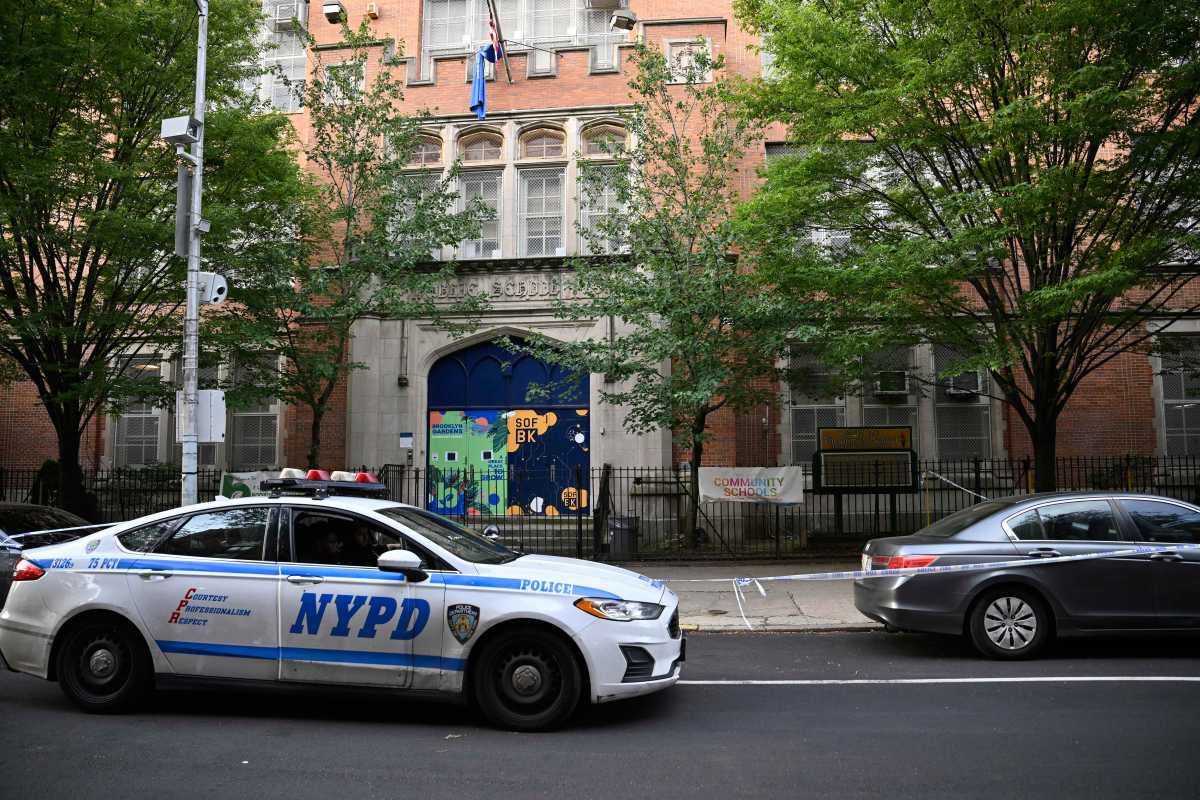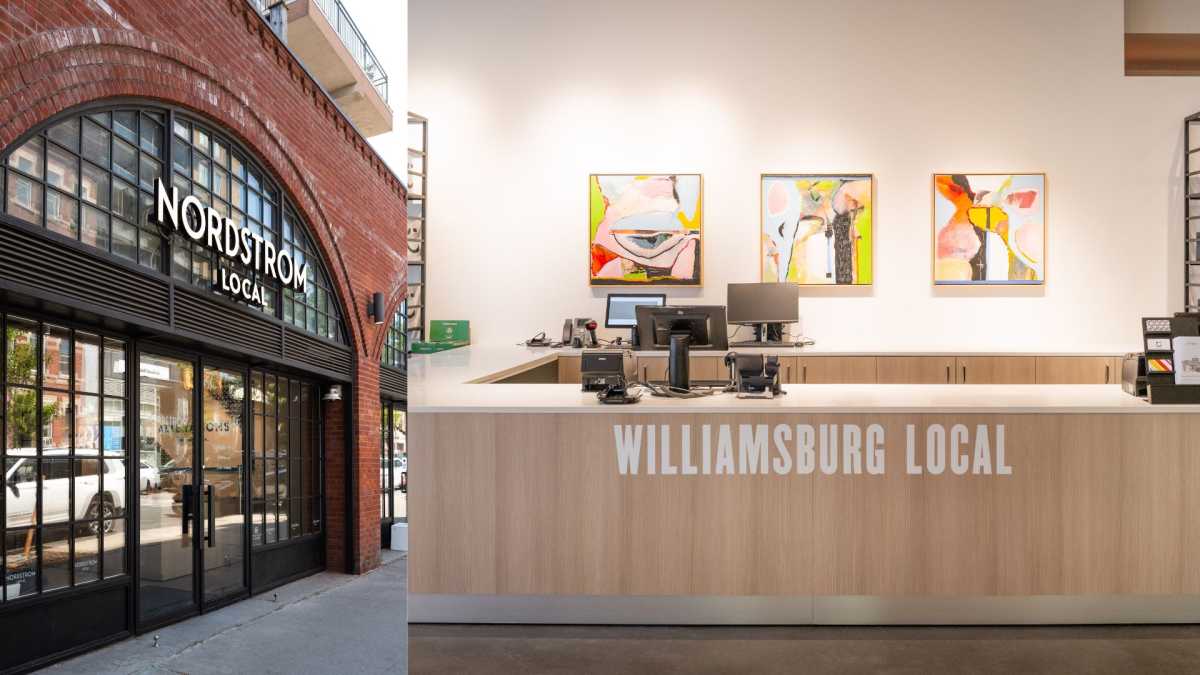Sunset Park is the latest community to be downzoned.
After an intensive three-year process, the City Council passed a comprehensive plan for 128 blocks of the neighborhood’s residential areas on September 30.
“The rezoning strives to preserve and protect neighborhood character and scale by implementing new height limits throughout the neighborhood, to create opportunities and incentives for affordable housing through the use of inclusionary zoning, and to support local retail corridors while protecting the character of nearby side streets,” noted City Councilmember Sara Gonzalez, who represents the area.
The rezoning, agreed Randy Peers, the chairperson of Community Board 7, will go a long way in protecting the neighborhood from the specter ofoverdevelopment.
In particular, Peers noted that the neighborhood had been effectively squeezed by the rezoning of neighborhoods on either side. Both Park Slope and Bay Ridge had experienced contextual rezoning that limited both the height and density of new construction, sending speculative developers into nearby Sunset Park.
“We had started to see quite a bit of out-of-scale development in the residential areas of Sunset Park,” Peers recalled. This, he went on, prompted Gonzalez and the community board to push for a plan to protect the neighborhood’s residential areas.
Overall, the plan that went into effect at the end of last month downzones about 80 percent of the neighborhood’s residential areas, while leaving untouched both manufacturing and industrial zoned areas that are the community’s economic engines, Peers said.
In addition, he told this paper, the rezoning imposed height limitations throughout the residentialarea, where previously they had not existed, “preserved the view from Sunset Park to the harbor,” and “got rid of 50 feet of the commercial overlays,” reducing them from 150 feet off the commercial thoroughfares onto the residential streets, to 100 feet (the standard in many parts of the city).
The plan also tackles the issue of affordable housing, said Peers. For one thing, according to DCP’s website, the rezoning “create(s) opportunities and incentives for affordable housing through inclusionary zoning,” which provides developers with a floor area bonus for creating affordable housing, either on or off site (within the community board area or within half a mile of the development site).
In addition, said Peers, the rezoning “lessens the incentives for developers to knock down good affordable housing in favor of larger scale buildings.”
As in many rezonings crafted by the Department of City Planning (DCP),there is a trade-offfor the downzoning. In the case of Sunset Park, downzoning on side streets is complemented by rezoning that allows increased density along two main thoroughfares, Fourth Avenue and Seventh Avenue, the latter of which, said Peers, is “needed to accommodate the growth in the Asian community.”
The rezoning also “legitimizes commercial space that had come up along Seventh Avenue,” Peers noted. “That’s important because Eighth Avenue is maxed out.”
The one gap in the plan, Peers said, occurs along Eighth Avenue, which forms the border between CB 7 and CB 12. Because rezoning the strip would involve the two community boards, Peers said, DCP had promised to tackle it separately, and would be launching “a comprehensive study of Eighth Avenue including both community boards,” in the near future.
The rezoning was also applauded by both Borough President Marty Markowitz and Mayor Michael Bloomberg. In particular, Markowitz cited the importance of making sure “that the magnificent park views of Upper New York Bay and Manhattan are preserved.” In addition, he lauded the fact that the rezoning “will help encourage properly-scaled new development containing affordable housing incentives while respecting existing residential character through height limits and more narrowly-defined areas for retailing.”
As for Bloomberg, he noted that, “The rezoning of Sunset Park will preserve neighborhood character and scale by placing height limits throughout the area, while allowing for modest new development where appropriate at a height and scale that is in keeping with the existing context.”





















